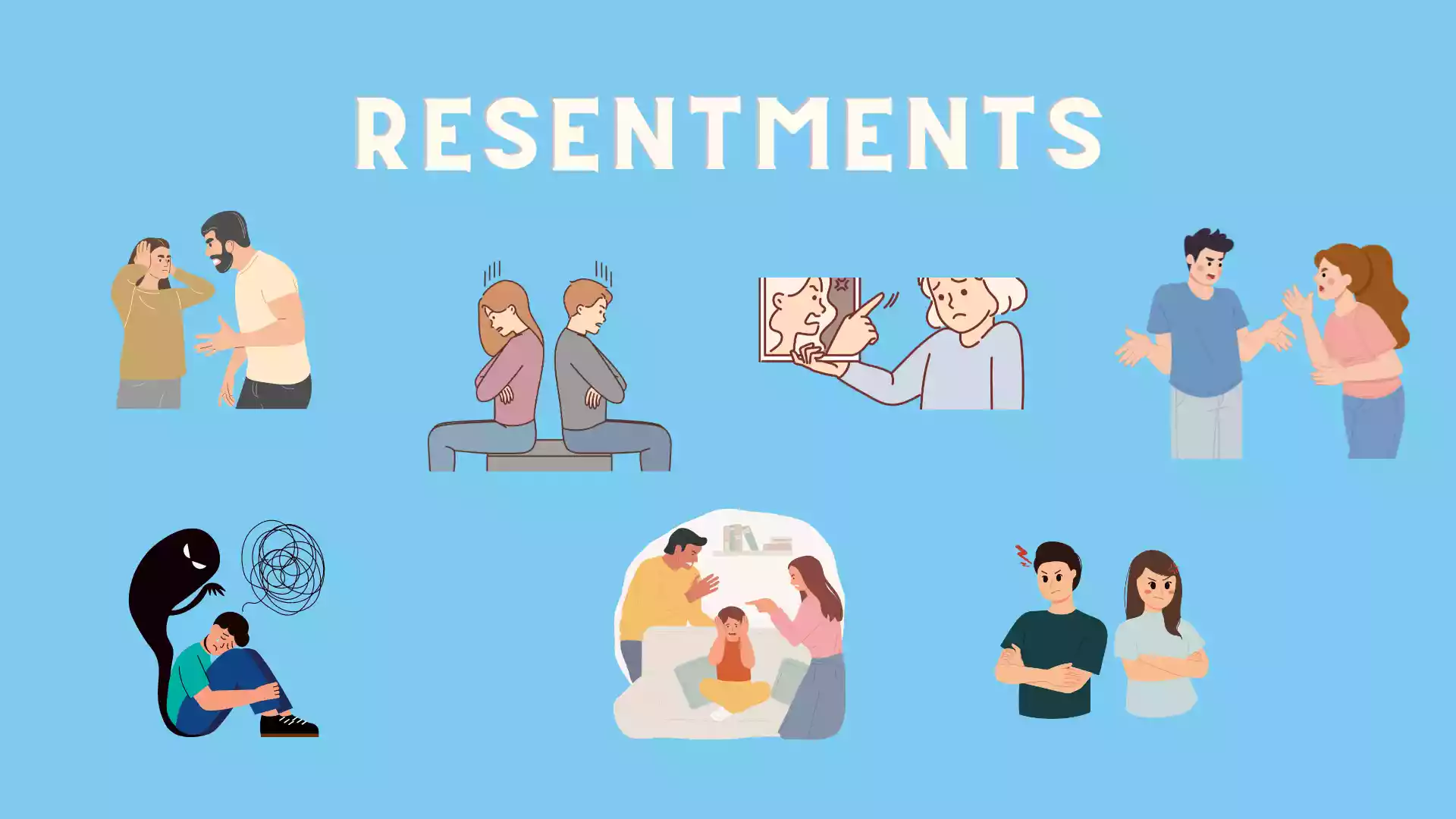
WITH the rapid takeover of traditional publishers' roles by technology giants including Facebook, Google, Twitter, TikTok and Instagram, pertinent questions on the future of publishers arise. The most frightening thing is how these tech giants have evolved beyond being distribution channels to controlling what audiences see and deciding who gets paid for attention.
They also prescribe the format and type of journalism that flourishes. Just when publishers were trying to rub their eyes to clearly see what has hit them, Artificial Intelligence (AI) arrives, unannounced. AI has popped in the world, from academics, engineers and construction workers. Many journalists fear their jobs will be replaced by these monster wordsmiths who can now write brilliant pieces on instruction, writing luminously that sometimes top-class writers can’t match.
Defined as: “A collection of ideas, technologies, and techniques that relate to a computer system's capacity to perform tasks normally requiring human intelligence,” AI has potential to take journalism to greater heights, if publishers and journalists become early adopters.
With regards to media and journalism, Machine Learning (ML) and Natural Language Processing (NLP) are the most visible forms of AI being utilised. For AI tools like fact-checking, data visualisation, opinion mining and automated transcription, ML is used. According to experts: “The ultimate objective of NLP is to read, decipher, understand, and make sense of the human languages in a manner that is valuable. Most NLP techniques rely on machine learning to derive meaning from human languages.” Related to AI is the concept of Automation, Algorithms and Machine Learning. But I guess the over-arching question with all this whole brouhaha, what if AI becomes more intelligent than humans?
AI has been in the newsroom, but has rapidly gathered momentum recently as publishers are looking at various technologies that will accelerate digital transformation and as journalism employs technology to sustain and create new business models in volatile economic environs. We all have at some point seen recommendations to content and in journalism this has enhanced reader retention through recommending relevant articles to audiences. Investigative journalism has immensely benefited from Google Lens and TinEye for verifying images, enhancing fact-checking. Some newsrooms have used it as a listening tool tracking and detecting breaking news using social media.
Will AI kill or save journalism?
With the increasing demand for newsrooms to be technology and innovation-driven, it is worthy to embrace every technology and interrogate how it enhances journalism. The excitement around AI is mostly on opportunities that are offered to enhance workflows. Repetitive tasks like news aggregation and transcribing interviews are some of the positives brought by AI to the newsroom.

- Re-imagining the workplace: Google and other company visions
- Twitter alternatives for the Musk-averse
- Building narratives: Nurse pens anti-child marriages fiction novel
- Accident, piracy affected my career: Zembe
Keep Reading
Creation of content using ChatGPT has already been criticised by people like renowned American linguist and cognitive scientist Noam Chomsky. Chomsky said it's high-tech plagiarism that promotes laziness. Some have even said it kills creativity and original humanised storytelling. Evidently generative AI remains an information hub and not a knowledge hub. Research is showing that if journalistic values and skills are combined with technology, journalism can be strengthened. This calls for journalists to invest in how to deploy technology strategically in the execution of their duties.
Within the newsroom space, AI has been deployed successfully among other things in news gathering, production, distribution, content moderation and news aggregation. Analytics tools have also been built using AI. Experts have also advised that in the midst of a hype curve, risks associated with AI must also occupy the centre of discussions for journalists.
AI can be used to target audiences more effectively. This is done by using machine learning to analyse data from different users, and identifying communities that are interested in particular topics. This is useful when pushing newsletters that are targeted. Predictive analytics: this has become the most significant part of content generation and newsrooms are looking out to understand audience behaviour. Publishers will know when and what times to post specific types of content. It is important to have an active audience for your content.
However, AI has given the media a huge burden when it comes to verification and fact-checking as the world battles misinformation and disinformation. Deep fakes are threatening trust in news; they create real-time realism that is believable by the audience.
However, it is good to escape technological determinism and acknowledge that good journalism is about people. But, journalists must use AI to gain ‘creative superpowers.’
We meet next week!
- Silence Mugadzaweta is digital & online editor for Alpha Media Holdings and content strategies blogger for International News Media Association.











